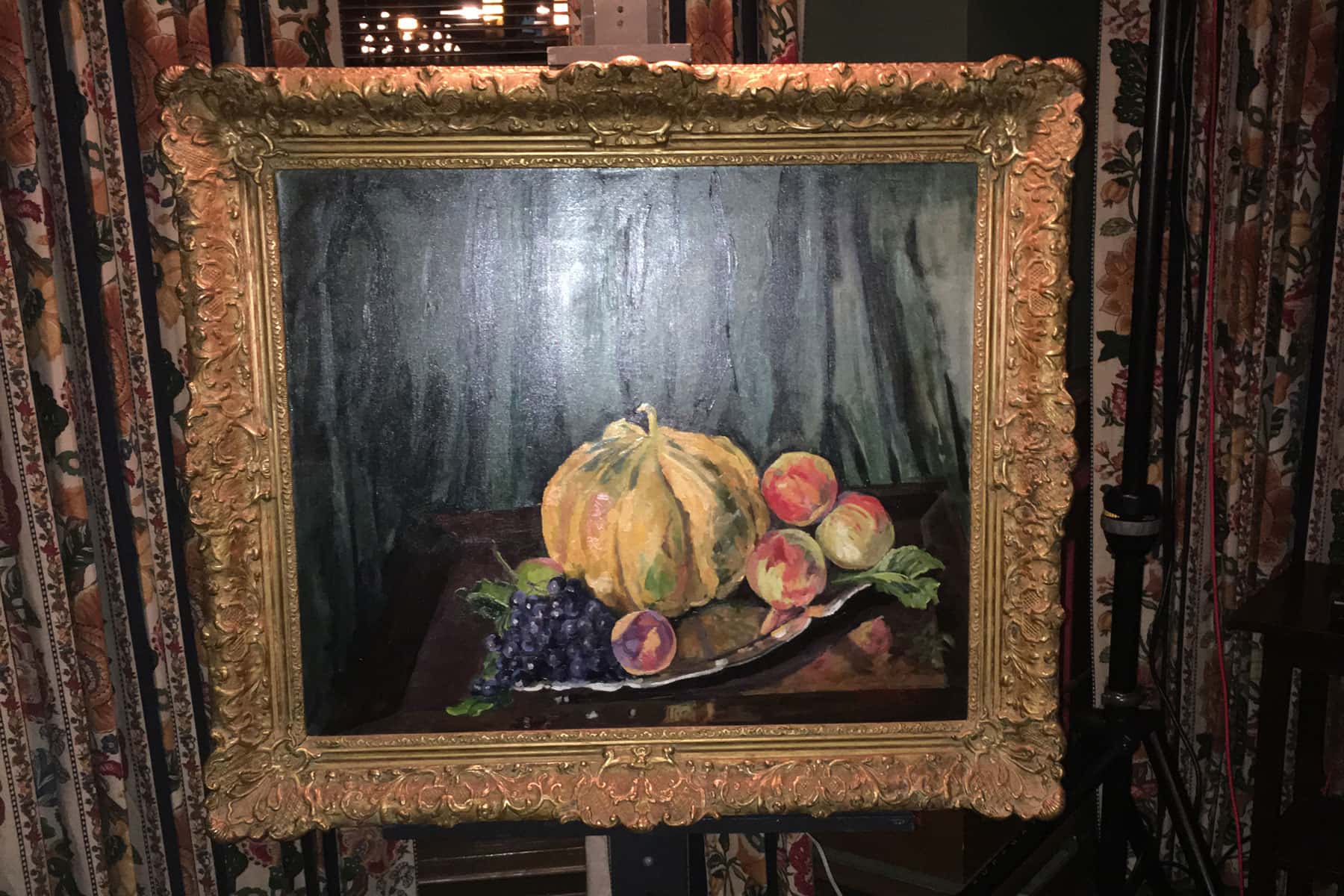
Its qualities were concealed beneath a layer of discoloured varnish that has been removed. The oil on canvas measures 113cm by 94cm. Dressed in black with the insignia of the Order of Santiago, he is set within a stone cartouche supported by two cherubs. The rediscovered portrait depicts Don Diego Ortiz de Zúñiga, who wrote a history of Seville. Murillo is admired for his ability to bring out the character of his sitters.

He described the rediscovered painting as striking and added: “The emergence of this fine portrait of one of the most important cultural figures in Seville represents an important addition to the artist’s oeuvre.” James Macdonald, the senior director of old master paintings at the auction house, said he had sold works by the artist privately for substantially more. In July, Sotheby’s in London sold his Ecce Homo – a painting of Christ wearing the crown of thorns – for £2.75m. Such was Murillo’s prestige that, at one point, the king of Spain refused to allow them to be exported. Among his masterpieces are paintings for the city’s convent of San Francisco and for the church of the Caridad, including Christ Healing the Paralytic at the Pool of Bethesda, now in the National Gallery. Murillo worked primarily in Seville until his death in 1682, aged 64. I hadn’t seen it and I wanted to be sure it was absolutely right … The picture arrived here and we hung it. There was an insane weekend – I started calling everyone in Wales and Spain to find out more. The Murillo was attributed to the artist when it was acquired in the 1870s, but by 1901 it had been downgraded.ĭescribing it as exceptional, Salomon said: “It’s difficult to add a painting to an exhibition that’s already opened but I literally found out about this painting on the Friday and the exhibition was opening on the Monday. Today, the castle’s collection includes paintings, furniture and books. The painting was among old masters collected in the mid- to late-19th century by Baron Penrhyn for his neo-gothic pile. It’s not coming out of a location that’s unknown. The mistake – myself included – is just that no one bothered to go there, and everyone kept repeating that it was a copy. “Benito went to Wales and realised how great the painting was and that everyone had been wrong in calling it a copy. Go with your gut feeling and you should follow up. Which is, of course, a mistake art historians should never make. “I thought ‘people have always said it’s a copy, it’s got to be a copy’. He requested a colour image for his exhibition catalogue and featured it as a “copy”, even though he recalled his first impression was that “this looks really good”. When it came to the Welsh example, Salomon said the literature featured “terrible old black and white photos”. Now attributed to the 18th-century Sevillian painter Domingo Martínez, it hangs in Seville town hall. Painted around 1751, the copy is thought to have been commissioned by the sitter’s family when the original Murillo was sold. The rediscovered Murillo painting in full. One copy was in Seville, which I’ve seen and is clearly a copy,” he said. “Most scholars have written that there are two versions, both copies after a lost original. One of the US exhibition’s curators, Xavier F Salomon, said the discovery was hugely exciting, and that he regretted relying on previous judgments by other art historians. Transported from Penrhyn, the portrait is the centrepiece of a major exhibition on the artist at the Frick Collection in New York, before transferring to the National Gallery in London in February. “It is an absolute masterpiece,” Prieto said.

But it is a major event for European art: there are barely a dozen known portraits by the artist and those few that do exist are worth millions. The discovery of a Murillo in Penrhyn Castle, near Bangor in north Wales, is not quite on the same scale. The restored Salvator Mundi had long been considered a copy but was reclassified as authentic. Last week, the art world marvelled as Leonardo da Vinci’s 500-year-old depiction of Christ sold at auction for a record £341m.

Now Prieto has established that the artwork was indeed a lost masterpiece by Bartolomé Esteban Murillo, one of Spain’s great painters. That was until a recent visit by Benito Navarrete Prieto, a distinguished art scholar who made the journey from Seville to north Wales on a hunch that a painting assumed to be a copy might just be the real thing.


 0 kommentar(er)
0 kommentar(er)
